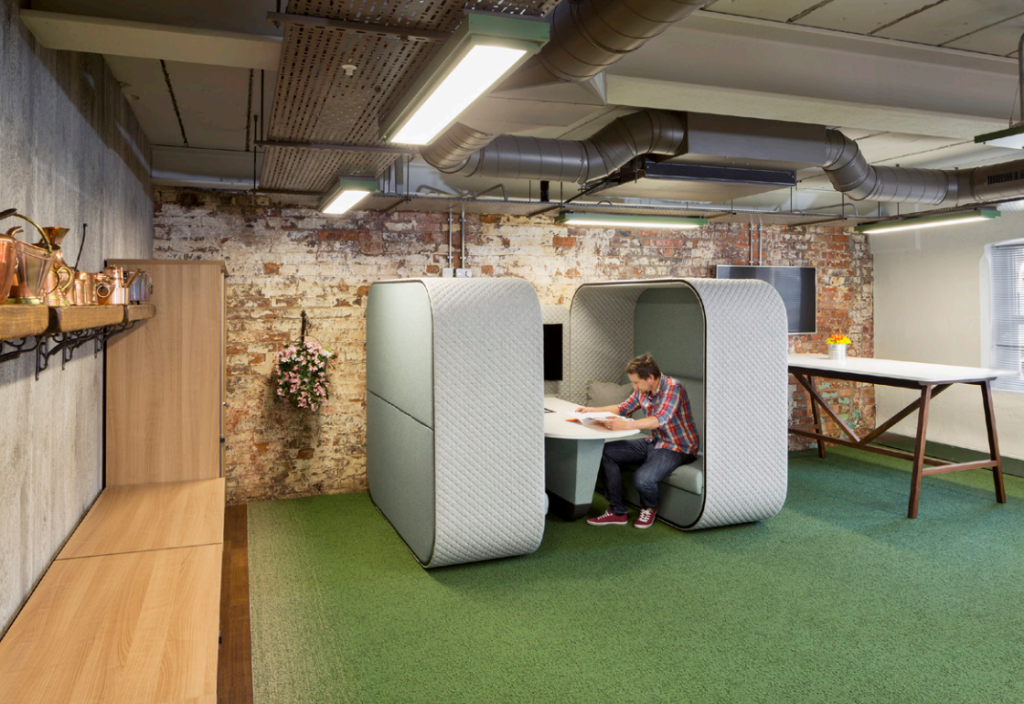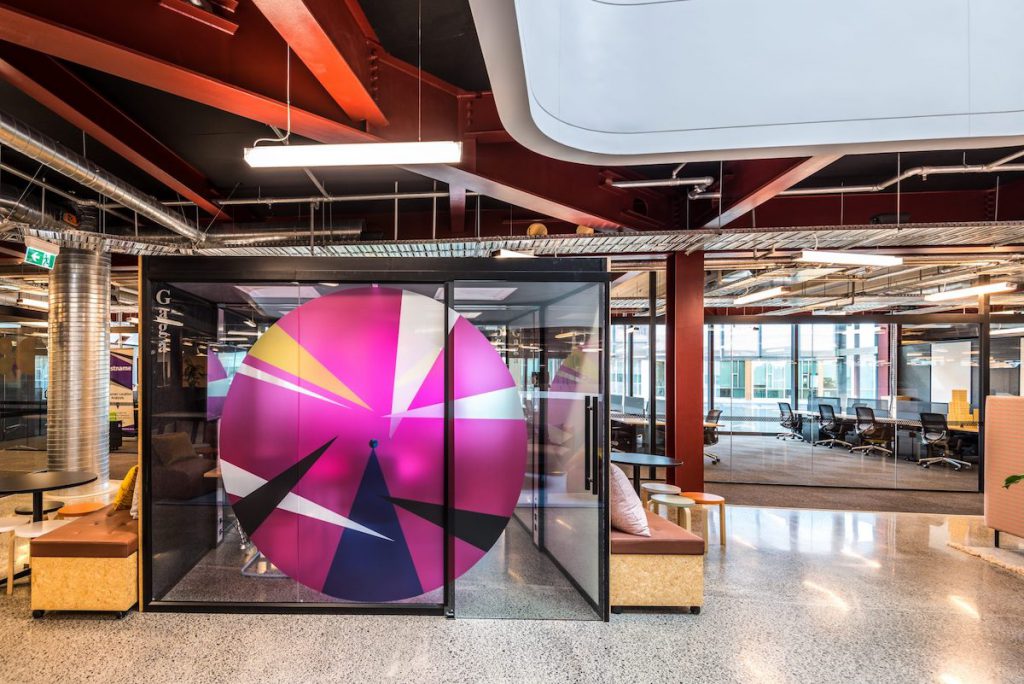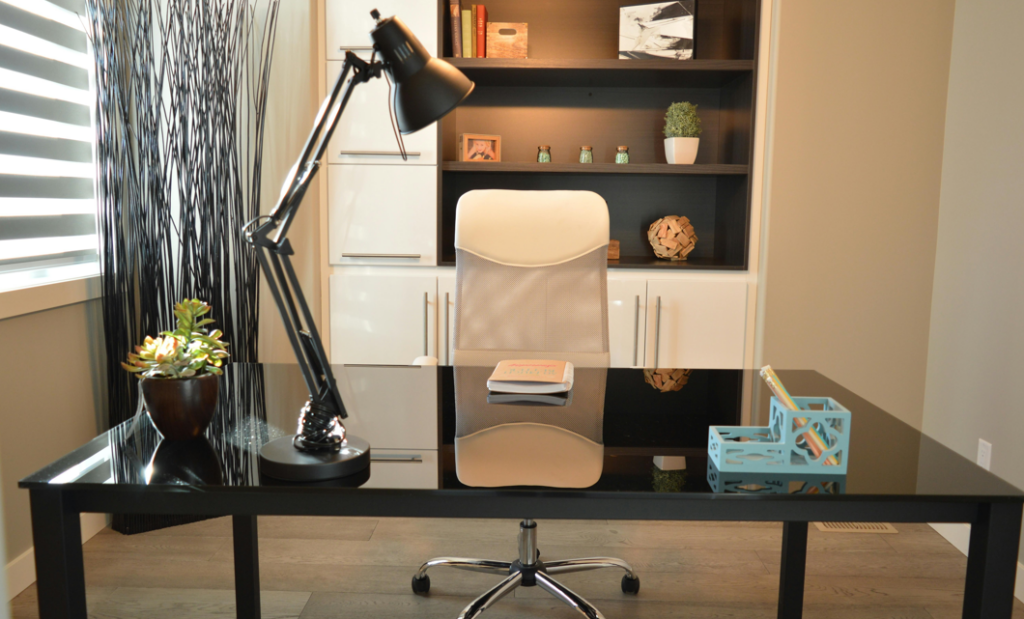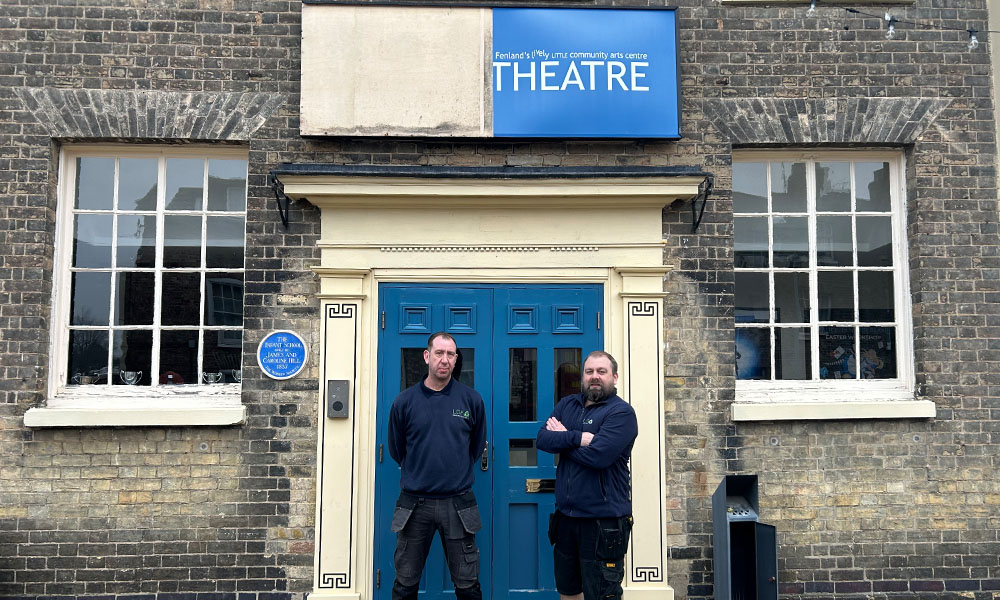Working environments that are Agile
There is little doubt that technology has transformed the workplace. But many organisations have simply scratched the surface on what is possible. At a basic level you can communicate with staff and customers anytime, anywhere and any place.
But with all the resources available in a modern-day office, why would you want to work the same way. Enter Agile working environments. An office space planning and design that is starting to increase in popularity. Definitely not just about doing the same job in a new way. But embracing the whole culture of an organisation and working differently.
What is an Agile Working environment?
In a nutshell, it’s about providing flexible and adaptive working environments. A modern way to configure your office that provides space designed for the purpose it was intended.
Traditionally, office design revolves around the layout of desks, chairs and communal areas. Agile working is different. It’s all about creating different environments, settings and spaces whilst meeting the needs of the business.
If you walked into an Agile office it would feel very distinct. Probably more like a fusion of your home and office space. The design is based on serving the needs of a dynamic workforce rather than a static one. In essence, taking away desk ownership so you increase the number of people who can use the building.
When a company redesigns their office, space planning is often organised by department. Each one competing for the best spot. Agile environments focus on the type of activity being carried out in the space. There are no territories, just settings where you can work individually or collaboratively.
A shift in company mind-set
It certainly isn’t a new concept to work remotely or from home. This way of working has been talked about for many years. But for so many companies, there still seems to be a need to be seen in the office. In order for this type of arrangement to work successfully, you must focus on the deliverables and trust your employees.
Agile working embraces this approach and is very much about task focus and what you need to deliver. Which is why it often equates to an organisation’s culture. Employees can very quickly see the benefits and will undoubtedly increase productivity, creativity and their general well-being. After all, you want to work in a great place and be recognised for your contribution.
The benefits to a company are a reduction in operating costs. The reason for this is because the design is based on an understanding of what your staff need to deliver for the business. Which ultimately means the space planning can be much more effective. Of course, it’s not just about the space but how you fill it.
Creating an Agile Workspace
Making the transition to an Agile workspace is not something you can do overnight. It’s a big change for any organisation and there will be plenty of pre-planning.
You need to set-out how you are going to operate going forward, what you expect from your staff and how they will deliver what’s needed. The whole ethos of a company will reflect the way you work, which is why it’s viewed as such a fundamental shift.
Once you have understood what you need it’s time to speak to an office designer. They will take your requirements and visualise the workspace. This is the creative piece where you can have a bit of fun. It’s not just about choosing the right furniture to fill the space, you need to think about flooring, partitioning, lighting and wall graphics.

The type of areas you create are quite varied and designed for a purpose.
Individual focus – for working on your own. Equipped with the technology you simply plug into a docking unit and you have a workstation. Partitioned booths can make this a quiet space and an area where colleagues know you don’t want to be disturbed.
Collaboration – coming together as a team for meetings, solving problems or being creative. You could have a series of rooms or spaces for this purpose. It can also be a fun space to encourage creative thinking. A mixture of relaxed, comfortable seating, multipurpose tables, even mobile white boards to jot down ideas.
Breakout points – smaller spaces where you can sit for ad hoc meetings. Less formal than a meeting room. But still available if you need to get together with a colleague or be part of a conference call.
Touchdown area – you may have staff who visit the office from time to time and when they do, it needs to be easy for them to find a space. These can be organised in one area with a simple counter top and pull out chairs, using second hand office chairs.
Play – an area where you can sit and have some time away from the task in hand. You could install a ping pong or pool table, maybe computer game stations. Or simply socialise with other colleagues and just enjoy the space that is your office.
Some of these areas could be incorporated into an existing office space. You don’t have to start from scratch, you can build specific areas over time. This is a great way to engage your staff and bring them along on the journey. You might find they start making more suggestions, which then makes it a collaborative activity.
We are working in this industry for a long time. We can provide office furniture leasing and installation services to help you set up an agile workspace. Get in touch.




